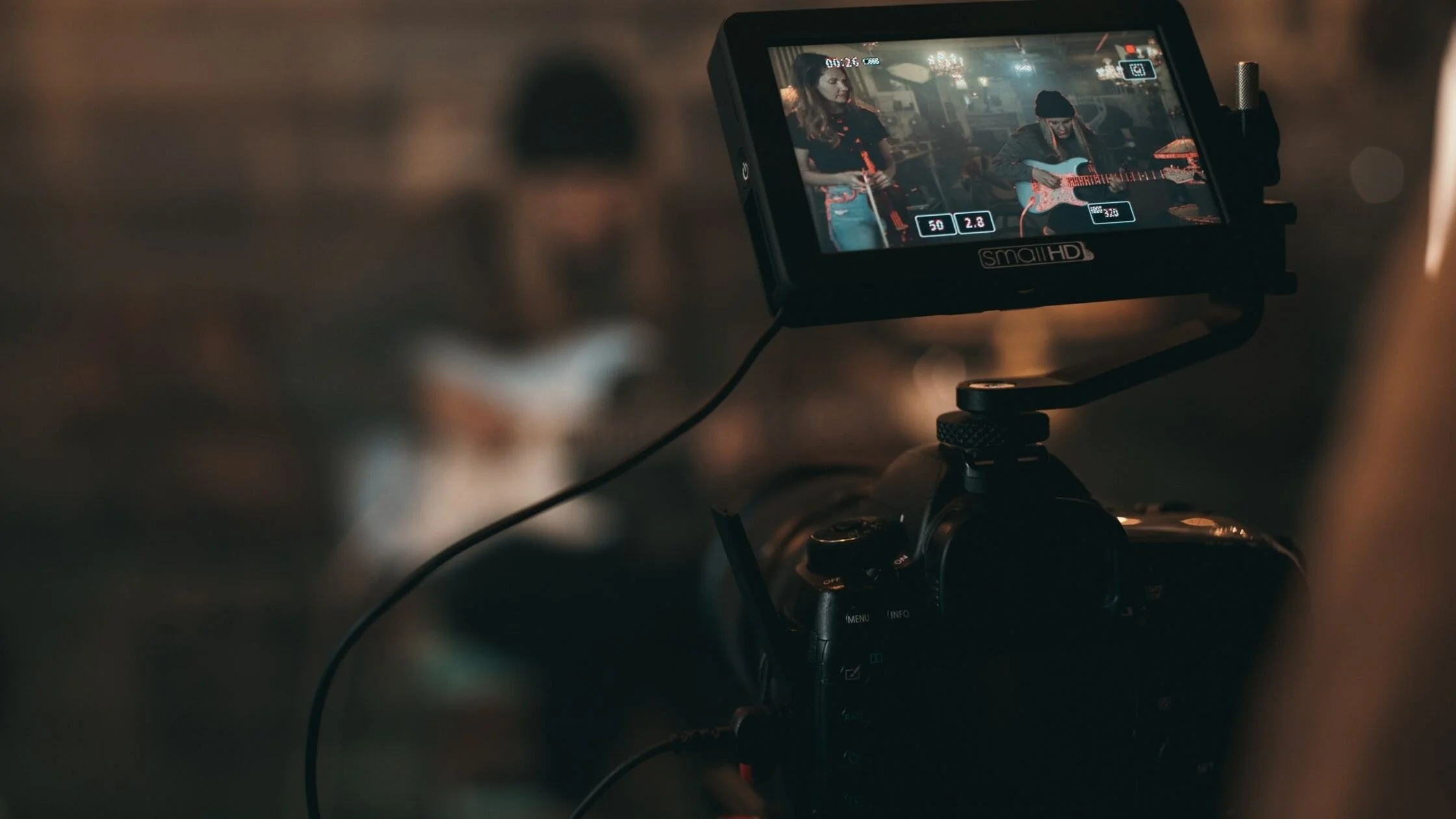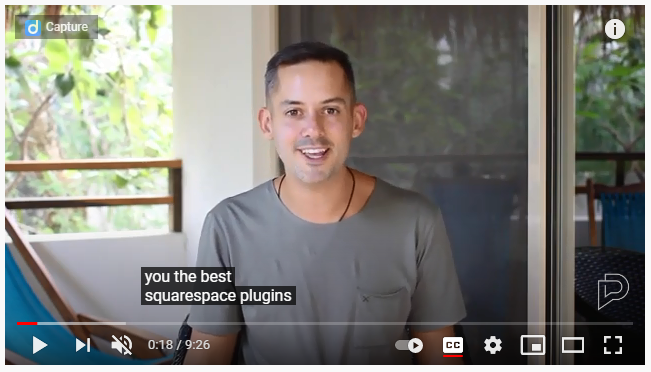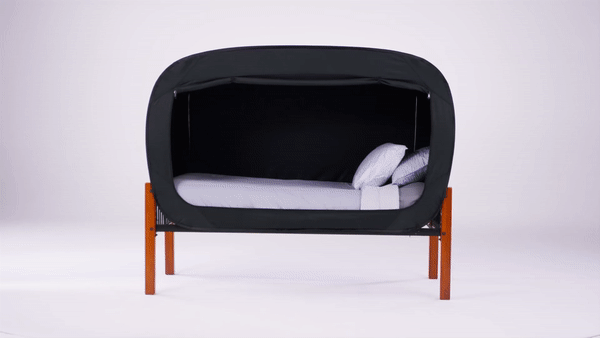Whether you’re live streaming, posting TikTok videos, Instagram Reels, YouTube tutorials, or vlogging, one thing is clear: the age of video marketing is upon us.
And it’s converting at lightning speed.
With 51% of marketing professionals worldwide naming video as the best form of content in terms of ROI (Return on Investment), it’s without argument that video needs to play a role in your marketing strategy.
However, when you think about the term ‘video,’ you’re likely picturing a film with somebody talking - perhaps music. Does the term ‘silent viewing’ make you doubt any function? Do you believe that video cannot convert without sound?
If so, it’s understandable. We rely heavily on our sense of sound. It makes sense, then, that you believe we need to utilize this sense to our benefit when creating marketing videos.
That said, Silent Viewing is becoming increasingly popular. And there are ways you can make sure your video converts, whether you’re using sound or not.
What is Silent Viewing?
Silent viewing is exactly what it sounds like (no pun intended).
It’s when a viewer watches a video with no sound. It could be that the clip has no sound included, or it may be that the viewer has turned the sound off.
Why Should I Consider Silent Viewing When Creating My Marketing Videos?
Despite silent films being banished in the 1920s, there’s certainly space for them in our modern marketing sphere. And it all originates from one place: social media.
Many social media platforms are prioritizing their video content. Instagram, for example, released its new video tool: Reels. This was created to combat the success of TikTok, which allows video content only. As social media plays such a significant role in marketing, it’s important to accommodate their desires and create video content.
If we consider Facebook, which is the world’s most used social media platform, and its approach to video, it becomes apparent why we need to cater to silent video.
The automatic setting on Facebook when playing videos - whether marketing or educational or paid ads, is to be played on mute.
Facebook wants to guarantee a better user experience, which comes with ensuring blasts of sound are kept to a minimum if not desired.
Using this tactic means that you’re considering your viewer, allowing them the choice of how they engage and interact with your clips. That message, although simple, is a powerful one. It proves that their comfort and viewing style is your priority. This speaks a thousand words about your brand’s reputation and message.
How To Optimize Your Video Without Sound For Higher Viewer-Rates
1. Add Closed-Captioning To Your Videos
Many users who have taken to Instagram to promote and market their brand are now using their new feature: Reels.
With Reels, users can lip-sync to existing audio, use their own audio, and add filters and effects. However, there’s a strict time limit as they were crafted to be entertaining, providing quick wins as frequently as possible.
Many viewers will watch these videos on mute, meaning, if the message relies on the audio and subtitles are not created, the video won’t act as a hook and thus won’t be watched.
Snapshot of the Youtube video Plugins for Squarespace
Also, consider those who are deaf or hard of hearing. Should this be the case, a video without closed captions or subtitles will massively impact the viewing experience for them.
Facebook’s testing revealed that ads that contained captions were watched for 12% longer than un-captioned ads.
As a result, it’s crucial that you caption your Reels. This applies across all different platforms: YouTube, TikTok, Instagram, Facebook - and so on, so forth.
2. Don’t Rely Solely On Music
Music is a fantastic feature to add to your marketing videos. However, if the meaning of your clip revolves around the music, those watching on mute won’t understand the message.
The key is to make your video function entirely without any sound whatsoever. Then, you can add layers of depth with audio features.
Check the short clip below. It’s as effective in conveying the message even without music or sound.
For more great video samples check out TheSparkHouse.com/work
3. Use Sound With Purpose And Intention
As we stated above, you need to ensure your videos function, and your message gets across without any sound. However, you should make sure your video has the sound feature available should your viewer choose it.
Without using sound in your video, if a viewer selects the volume button and nothing happens, they may think that your video doesn’t work, their speakers are broken, and they ultimately skip to the next. This can create frustration, and nothing kills conversion like a frustrated viewer.
If you don’t want to speak or have dialogue in your video, think about adding music. Remember, don’t rely entirely on music, but using it when your video is optimized for sound makes a great user experience.
4. Pay Attention To Your Visuals - Especially In The First 3 Seconds
You have only 3 seconds to hook and interest your viewer. If that doesn’t happen, they’ll scroll past, meaning the rest of your video went to waste.
As such, you need to add a super strong visual at the very beginning of your clip. This will help you convert whether the viewer has the sound on or is watching on mute. It may be worth, too, having a clear headline on your first slide explaining what value your video is going to provide.
Look at this example which grabs your attention soon as it comes in your view.
For more great video samples check out TheSparkHouse.com/work
So Is It Better To Create Marketing Videos With Or Without Sound?
Marketing Land recently published an article explaining how social media influencers and brands are struggling with an internal battle about whether to use sound or not in their videos. But why?
It’s all built around two key statistics. When using Facebook, videos are watched without sound around 80% of the time. However, when using Snapchat, two-thirds of the videos are watched with sound. These conflicting statistics have sparked a debate amongst marketers, influencers, and brand owners: is it better to create videos with or without sound?
Our recommendation? Film your videos with sound. However, make sure that if the viewer chooses to watch your video on mute, they’re still able to digest and understand the clip with ease.
How? By following our tips on how to make sure your video converts with or without sound.
About the Author
Torrey Tayenaka
Torrey Tayenaka is the co-founder and CEO at Sparkhouse, an Orange County based video production agency. He is often asked to contribute expertise in publications like Entrepreneur, Single Grain and Forbes. Sparkhouse is known for transforming video marketing and advertising into real conversations.Rather than hitting the consumer over the head with blatant ads, Sparkhouse creates interesting, entertaining and useful videos that enrich the lives of his clients’ customers. In addition to Sparkhouse, Torrey has also founded the companies Eva Smart Shower, Litehouse & Forge54.







